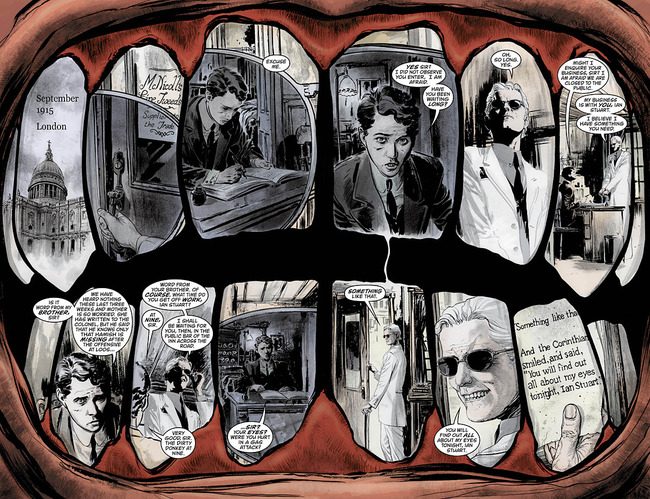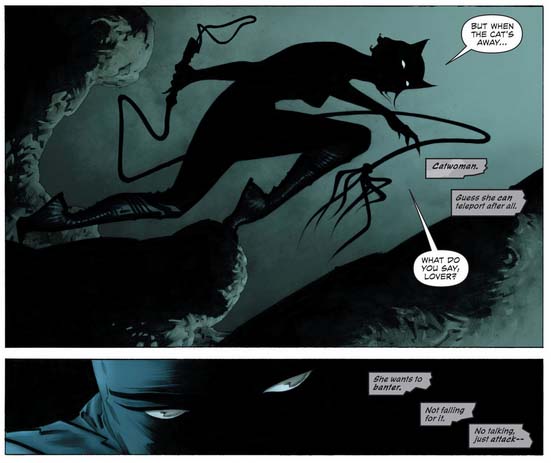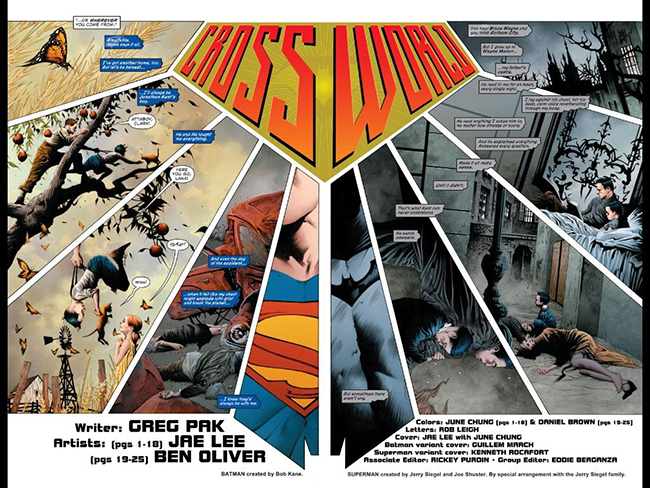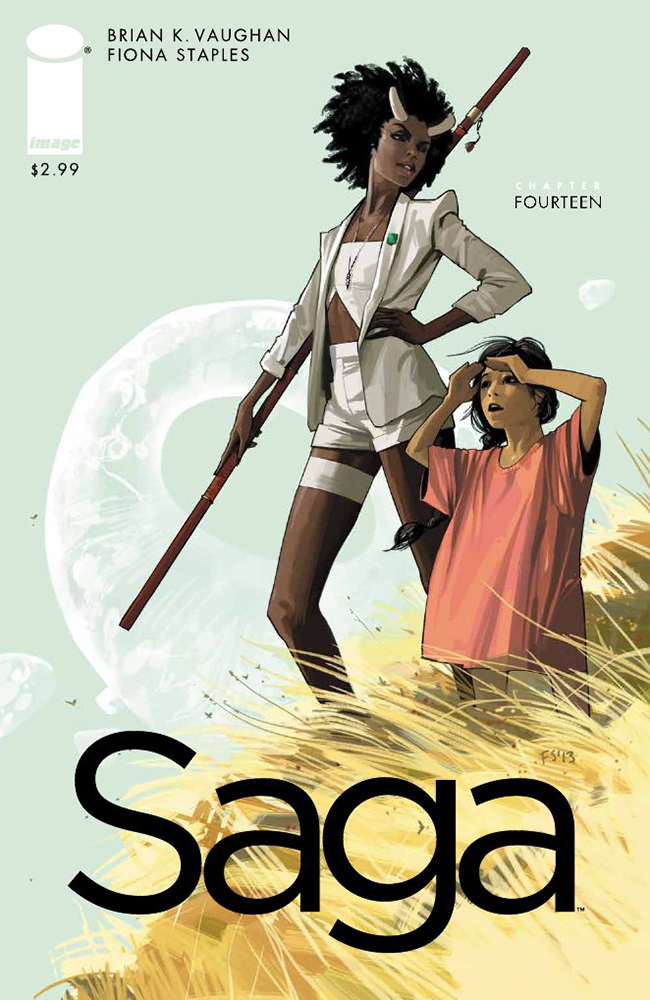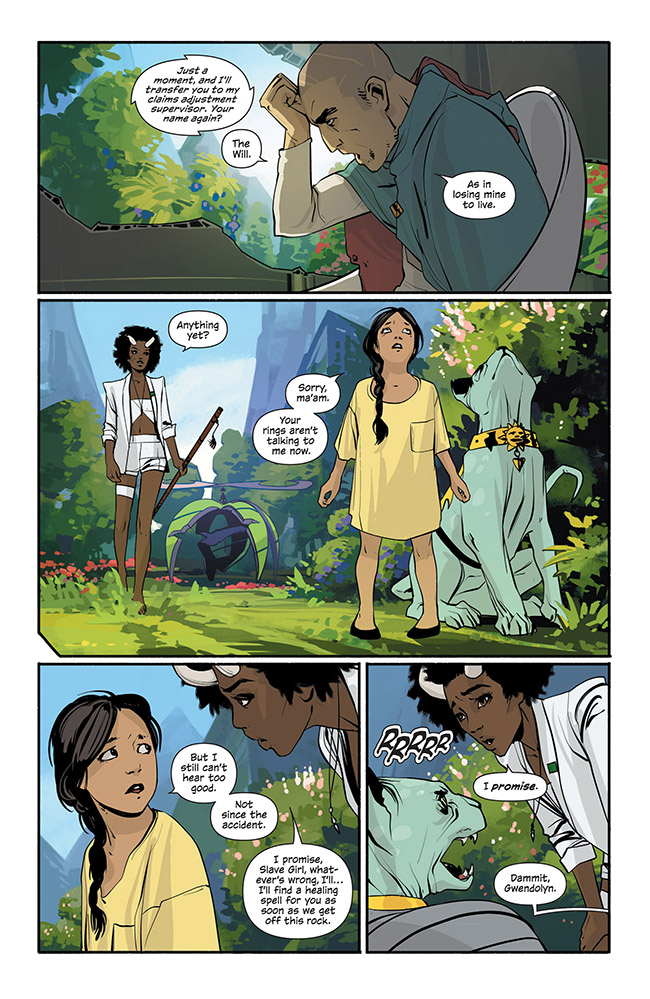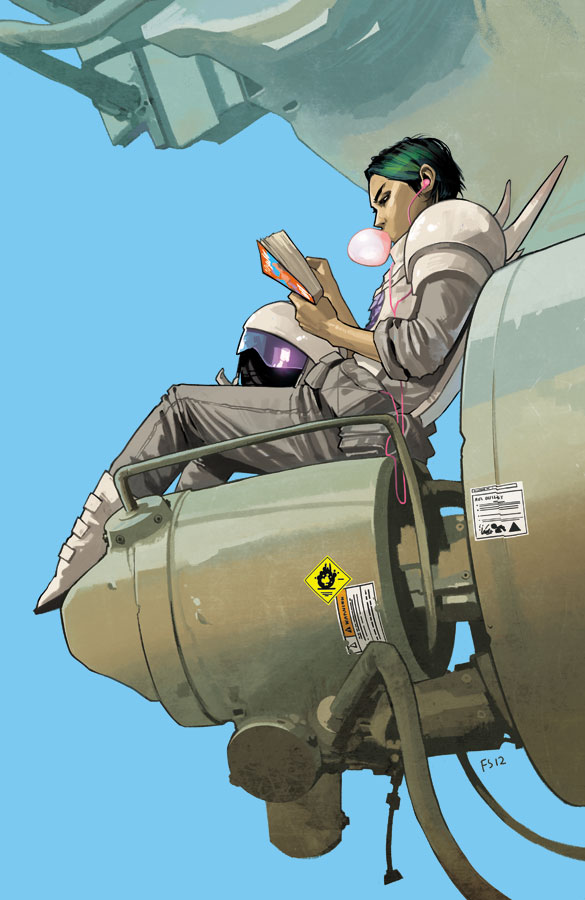The Best Comics Artists of 2013
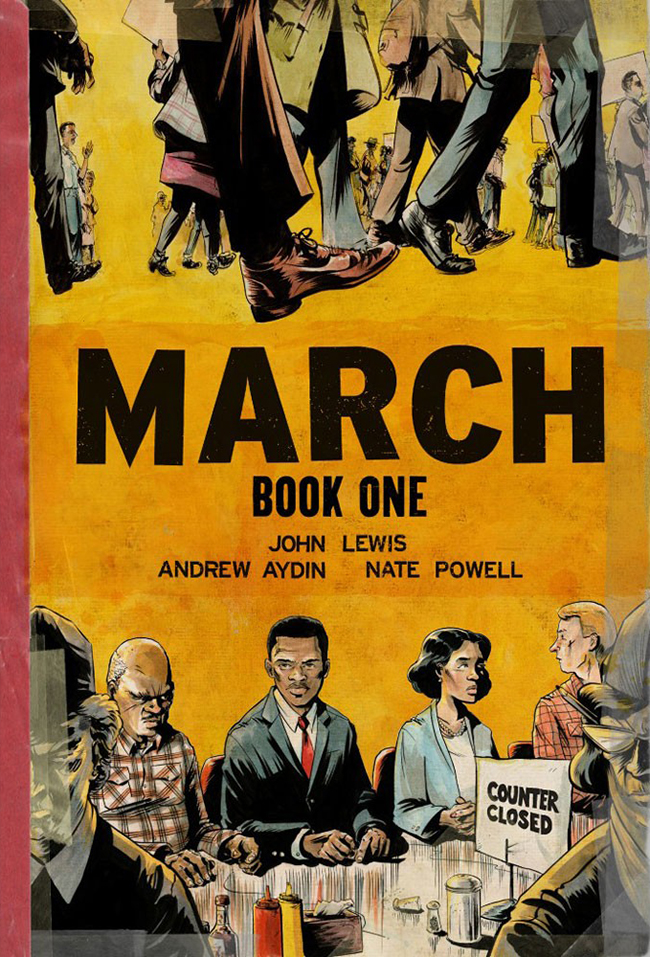
5. Nate Powell
March
Nate Powell’s art is an absolute delight to look at, showcasing an artist whose speed and gentle hand navigate a host of complex scenes. His technique of hatching creates shadows and compositions that are dark, soft, and full of character. Most of all, Powell’s work serves and enhances the text, whether he’s written the script or not. His lettering and innovations with text are especially noteworthy. In a time when almost everyone uses computer lettering, Powell continues to do it by hand, which allows him to get the most out of the words. They float between panels, twirl around and ensnare figures, and represent sounds with emotional heft. When action overlaps two panels, it’s done so seamlessly that it hardly calls attention to itself. Powell’s influences, Depression Era WPA artists known for traveling the country to illustrate the spirit of the time, inspire working-class-hero gravity through the lens of the civil rights struggle. Hillary Brown
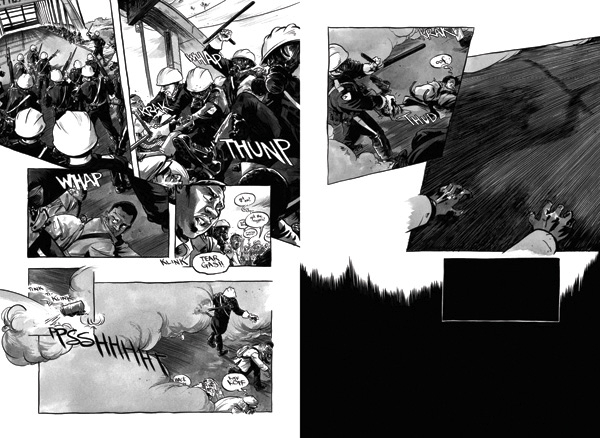

![]()

4. Paul Pope
Battling Boy
Battling Boy was nothing short of a labor of love and, like most such labors, took an inordinate amount of time to actually reach the public. Originally slated for a 2006/2007 release, Pope continued to tweak the book well past its scheduled due date. Seven years later, the ultimate result finds Pope tossing all his beloved influences, from Jack Kirby to manga, into a blender and spewing out a proverbial smoothie that’s nothing short of glorious. Rather than being a messy glob of different pieces, Battling Boy stands as a meticulously-crafted adventure story that never once loses its sense of child-like spontaneity. With high-contrast hues (courtesy of Hilary Sycamore) that recall the Silver Age escapism of old, Pope is both giving an artistic education to his readers while enthralling them with his dynamically drawn action set pieces. Like the great films of Hayao Miyazaki, Pope has created a complex, yet instantly accessible, world of his own making. Besides being an exciting, alt-superhero tale, Battling Boy stands as a love letter to comic book art as well as an invitation to new readers to further explore the world of comics . Was it worth the wait? You’re damn right it was. Mark Rozeman

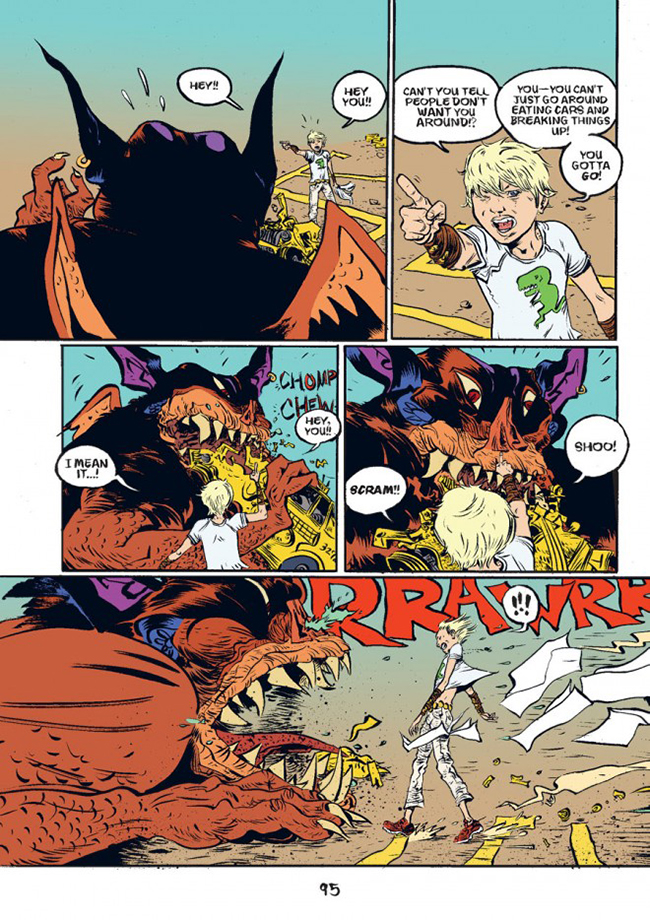
![]()

3. J.H. Williams III
Batwoman, Sandman: Overture
There’s a valid argument that three issues worth of art shouldn’t warrant enough praise to make it on a year-end list. There’s also a valid argument that when J.H. Williams III illustrates anything, it’s going to look awe-inspiringly superb. Williams paints, sketches and concocts like a renaissance artist melded with a puzzle-maker, layering textured blacks and reds into flowing panel configurations that are as arresting as the strata within them.
-

-

-

-

-

-

-

-

-

-

-

-

-

-

-

-

-

-

-

-

-

-

-

-

-

-

-

-

-

-

-

-

-

-

-

-

-

-

-

-

